Gunnar Heinsohn very politely points out the 700 years between the 230s and 930s AD "have neither strata nor tree samples".
Therefore, some 700 years of the 1st millennium (230 to 930s) have neither strata nor tree samples for C14 or dendro-chronological dating.In blunter terms this implies mainstream History Textbooks contain 700 years of false, fictional and fabricated narratives between the 230s and 930s AD.
Archaeological Strata Versus Baillie's Tree-Rings: Proposal for an Experiment - Gunnar Heinsohn - 8 Sept 2014
http://www.q-mag.org/_media/gunnar-strata-vsbaillie08-09-2014.pdf
For Chronologists [who should, by definition, work backwards in time from the present] the implications of these 700 fictional years are significant.
700 phantom years imply the historical chain of evidence is broken in the 930s AD and [by definition] the years before 930 form a suspect and detached floating chronology.
If you search for these 700 fictional years by flicking through a History Textbook it soon becomes apparent the Migration Period is the prime fictional narrative suspect.
Back in 2005 the Migration Period was defined as the 600 years between 300 and 900 AD.
The German term Völkerwanderung ("the migration of peoples"), is used in historiography as an alternate label for the "Migrations Period", of Germanic, Slavic and other tribes on the European continent during the period AD 300-900.Some of the Migration Period narratives are repackaged storylines from German History that were documented during the era of the Holy Roman Empire.
https://en.wikipedia.org/w/index.php?title=Migration_Period&oldid=15993171
The Holy Roman Empire was a multi-ethnic complex of territories in central Europe that developed during the Early Middle Ages and continued until its dissolution in 1806.The original [and generally rambling] German History storylines aren't very illuminating.
The largest territory of the empire after 962 was the Kingdom of Germany...
...
In a decree following the 1512 Diet of Cologne, the name was changed to Holy Roman Empire of the German Nation, a form first used in a document in 1474.
https://en.wikipedia.org/wiki/Holy_Roman_Empire
Origin of the Germans. Description of GermanyIn the 19th century German historians [selectively] repackaged these storylines into a more coherent Migration Period narrative that emphasised the "vigorous and manly" Germanic culture.
The farther northward we move from ancient Gaul the more we are in the dark about the nations that inhabited the vast regions beyond the Rhine and the Danube, which were the limits between the Gauls and them.
Nothing is more uncertain than their origin, the countries they came from, and the territories they fettled themfelves in : ancient authors in general confound them under the names of Celtes, Scythians, and Celtofcythians ; comprehending a great variety of nations, which it is no eafy tafk to diftinguifh with propriety.
Universal History from The Earliest Accounts to The Present Time - Vol 17 - 1780
https://archive.org/stream/anuniversalhist09histgoog#page/n12/mode/1up
German historians in the 19th century used the term Völkerwanderung to describe the migrations of the Goths, Vandals, Franks and other Germanic tribes triggered by the incursions of the Huns.The repackaged "vigorous and manly" storylines place Germanic people in positions of power across Western Europe between 300 and 500 AD.
They saw these migrations as a contributing factor leading to the break-up of the Roman Empire, in which they attributed moral factors, contrasting vigorous and manly Germanic kultur with a decadent and slothful civilizazion.
https://en.wikipedia.org/w/index.php?title=Migration_Period&oldid=15993171
The first phase, between AD300 and 500, largely seen from the Mediterranean perspective, saw the movement of Germanic and other tribes and resulted in putting Germanic peoples in control of most areas of the former Western Roman Empire.By 2017 the Migration Period had itself migrated to "AD 21-700" with the primary narrative focus placed upon vigorous and manly "war bands", between 10,000 and 20,000 strong, fighting [and foraging] their way around Europe and the Mediterranean.
...
The second phase, between AD 500 and 900, saw Slavic, Turkish and other tribes on the move, re-settling in Eastern Europe and gradually making it predominantly Slavic, and affecting Anatolia and the Caucasus as the first Turkic peoples arrived. See also: Avars, Huns, Arabs, Varangians.
The last phase of the migrations saw the coming of the Magyars to Pannonia and the expansion of the Vikings out of Scandinavia,
https://en.wikipedia.org/w/index.php?title=Migration_Period&oldid=15993171
However, it appears the Germanic migrations started in 113 BC when 300,000 vigorous and manly Proto-Germans enjoyed a European Grand Tour before being annihilated by the Romans.
© Wikimedia The migrants comprised war bands or tribes of 10,000 to 20,000 people, but in the course of 100 years, they numbered not more than 750,000 in total, compared to an average 39.9 million population of the Roman Empire at that time.
...
The first migrations of peoples were made by Germanic tribes such as the Goths (including the Visigoths and the Ostrogoths), the Vandals, the Anglo-Saxons, the Lombards, the Suebi, the Frisii, the Jutes, the Burgundians, the Alamanni, the Scirii and Franks; they were later pushed westwards by the Huns, the Avars, the Slavs and the Bulgars.
https://en.wikipedia.org/w/index.php?title=Migration_Period&oldid=797553038
Casualties and losses 300,000 Both tribes annihalatedAt the other end of the Migration Period spectrum are the very vigorous Vikings.
...
The Cimbrian War (113-101 BC) was fought between the Roman Republic and the Proto-Germanic tribes of the Cimbri and the Teutons (Teutones), who migrated from northern Europe into Roman controlled territory, and clashed with Rome and her allies.
https://en.wikipedia.org/w/index.php?title=Cimbrian_War&oldid=59648694
The 273 years long Viking Age raiding narrative eerily echoes the 275 year long Sea Peoples raiding narrative [from 2,000 years earlier] and, more curiously, the Vikings were sailing the seas in ships designed 2,000 years earlier.
To round off the Migration Period the Holy Roman Empire historians documented the remarkable Magyar Invasion narrative that resulted in the establishment of a "new political order" centred upon [surprisingly enough] the Holy Roman Empire.The Viking Age is the period A.D. 793-1066 in European history, especially Northern European and Scandinavian history, following the Germanic Iron Age.© WikimediaSee Déjà Vu Vikings
...
In this period, the Norsemen settled in Norse Greenland, Newfoundland, and present-day Faroe Islands, Iceland, Normandy, Scotland, England, Ukraine, Ireland, Russia, Germany, and Anatolia.
https://en.wikipedia.org/w/index.php?title=Viking_Age&oldid=703310347
The Sea Peoples were conjectured groups of seafaring raiders, usually thought to originate from either western Anatolia or southern Europe, specifically a region of the Aegean Sea.
They are conjectured to have sailed around the eastern Mediterranean and invaded Anatolia, Syria, Canaan, Cyprus, and Egypt toward the end of the Bronze Age.
https://en.wikipedia.org/w/index.php?title=Sea_Peoples&oldid=694804379
The Hungarian invasions of Europe took place in the 9th and 10th centuries, the period of transition in the history of Europe between the early and high medieval period, when the territory of the former Carolingian Empire was threatened by invasion from multiple hostile forces, the Magyars (Hungarians) from the east, the Norsemen from the north and the Arabs from the south.Overall, the Academic Abyss is filled with a remarkable succession of vigorous and manly warriors fighting their way across Europe as they attempt to win The Great Sack Race.
...
The westward raids were stopped only with the Magyar defeat of the Battle of Lechfeld of 955, which led to a new political order in Western Europe centered on the Holy Roman Empire.
https://en.wikipedia.org/wiki/Magyar_invasion
Sack of Rome may refer to:Meanwhile, the mainstream just ignores the 1st millennium Landmass Migration narrative.
Battle of the Allia (390 or 387/6 BC), by the Gauls under Brennus
Sack of Rome (410), by the Visigoths under Alaric
Sack of Rome (455), by the Vandals under Geiseric
Sack of Rome (546), by the Ostrogoths under Totila
Sack of Rome (1084), by the Normans under Robert Guiscard
https://en.wikipedia.org/wiki/Sack_of_Rome
See: Ravenna Revisited: The Great Sack Race
Either way, the phantom years appear to cover a period of between 1,000 and 2,000 years.
Attempting to align this suspect and detached floating chronology based upon unearthed artefacts and architecture is problematical.
An undisturbed stratigraphy [at best] only provides a sequentially correct guide to events.
It does not provide a serially correct annual chronology for dating purposes.
Regardless of the alignment of this floating chronology there is no reason to believe that it's associated narrative [ending in the 230s AD] isn't just as false, fictional and fabricated as the 700 years already chopped from the chronology.
After all: Why stop in the hundreds when there are so many marvellously malleable millennia to mess with?
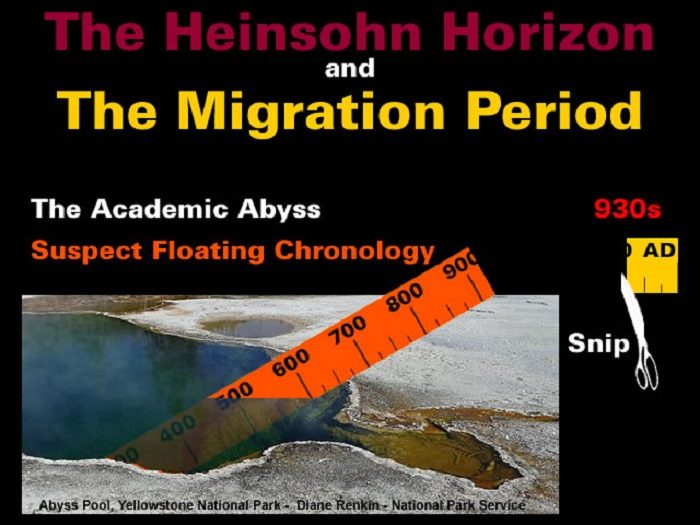
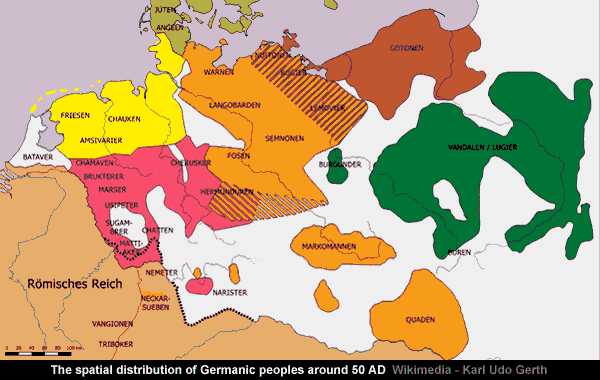
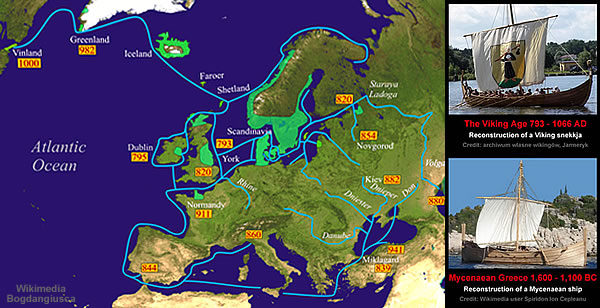
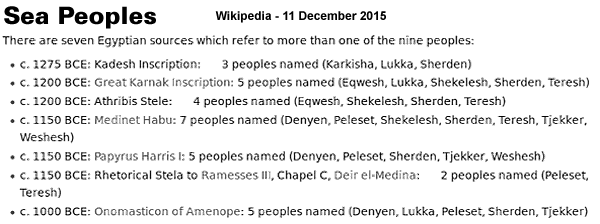
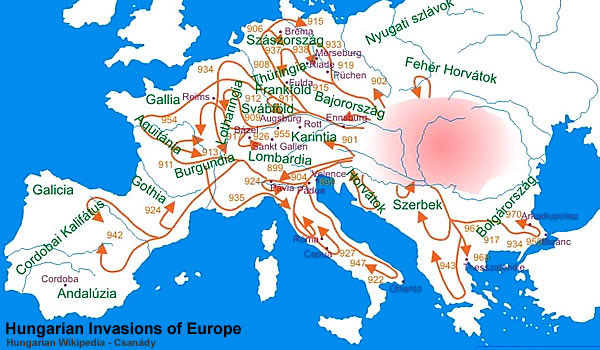
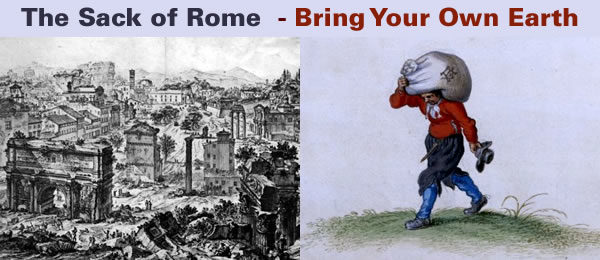
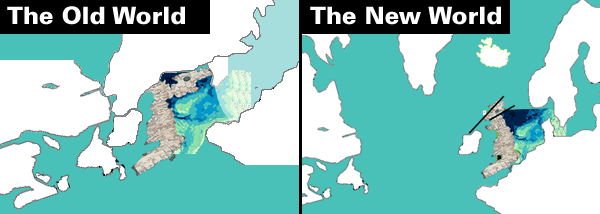
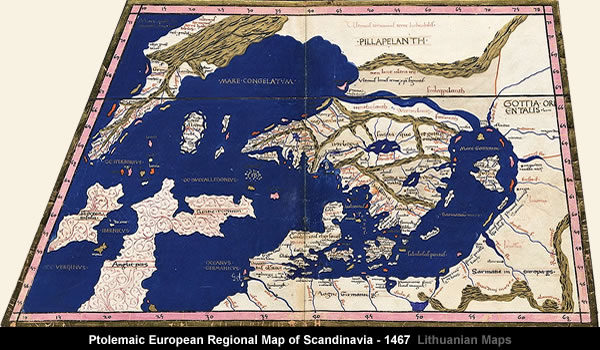




Hint: Caears house is by it's arhitecture dated in 3rd century AD.